How to Install WordPress on AlmaLinux 8
Prerequisites:
Wordpress requires LAMP stack installed and running
For detailed installation, refer to LAMP Stack on Almalinux 8
Open port for 80 and 443
If firewalld service running, Allow the firewall to HTTP and HTTPS.
firewall-cmd --permanent --zone=public --add-service=http
firewall-cmd --permanent --zone=public --add-service=httpsOutput:
[root@my ~]# firewall-cmd --permanent --zone=public --add-service=http
success
[root@my ~]# firewall-cmd --permanent --zone=public --add-service=https
successReload firewall using below command,
firewall-cmd --reloadOutput:
[root@my ~]# firewall-cmd --reload
success
[root@my ~]# Start and enable Apache Webserver
Start and enable the Apache Webserver to start after system reboot,
systemctl start httpd
systemctl enable httpd Start and enable Mariadb
Start and enable MariaDB to start after system reboot,
systemctl start mariadb
systemctl enable mariadb Secure MariaDB installation
Next, we secure our MariaDB installation and setup a root password for MariaDB,
mysql_secure_installationOutput:
[root@my ~]# mysql_secure_installation
NOTE: RUNNING ALL PARTS OF THIS SCRIPT IS RECOMMENDED FOR ALL MariaDB
SERVERS IN PRODUCTION USE! PLEASE READ EACH STEP CAREFULLY!
Enter current password for root (enter for none):
OK, successfully used password, moving on...
Setting the root password ensures that nobody can log into the MariaDB
root user without the proper authorisation.
Set root password? [Y/n] y
New password:
Re-enter new password: Creating the new database
Log into MySQL with the following command,
mysql -u root -pFirst, create a new database,
CREATE DATABASE wordpress;Next, create a new MySQL user account that we will use to operate on WordPress's new database, with username "admin"
CREATE USER `admin`@`localhost` IDENTIFIED BY 'Your_Password_Here';Link the user and DB together by granting our user access to the database,
GRANT ALL ON wordpress.* TO `admin`@`localhost`;Flush the privileges so that MySQL knows about the user permissions we just added,
FLUSH PRIVILEGES;Exit out of the MySQL command prompt by typing,
exitOutput:
MariaDB [(none)]> CREATE DATABASE wordpress;
Query OK, 1 row affected (0.000 sec)
MariaDB [(none)]> CREATE USER `admin`@`localhost` IDENTIFIED BY 'Your_Password_Here';
Query OK, 0 rows affected (0.000 sec)
MariaDB [(none)]> GRANT ALL ON wordpress.* TO `admin`@`localhost`;
Query OK, 0 rows affected (0.000 sec)
MariaDB [(none)]> FLUSH PRIVILEGES;
Query OK, 0 rows affected (0.000 sec)
MariaDB [(none)]> Download and extract WordPress
Download the wordpress by using curl command and extract the downloaded file
curl https://wordpress.org/latest.tar.gz --output wordpress.tar.gz
tar xf wordpress.tar.gzCopy the extracted WordPress directory into the /var/www/html directory
cp -r wordpress /var/www/html File Permissions
Change the permission of the site directory.
chown -R apache:apache /var/www/html/wordpress
chcon -t httpd_sys_rw_content_t /var/www/html/wordpress -RAllow Apache to access the internet to allow WordPress to download plugins and updates directly from WordPress.org,
setsebool -P httpd_can_network_connect true Accessing WordPress
Navigate to the following URL via your browser
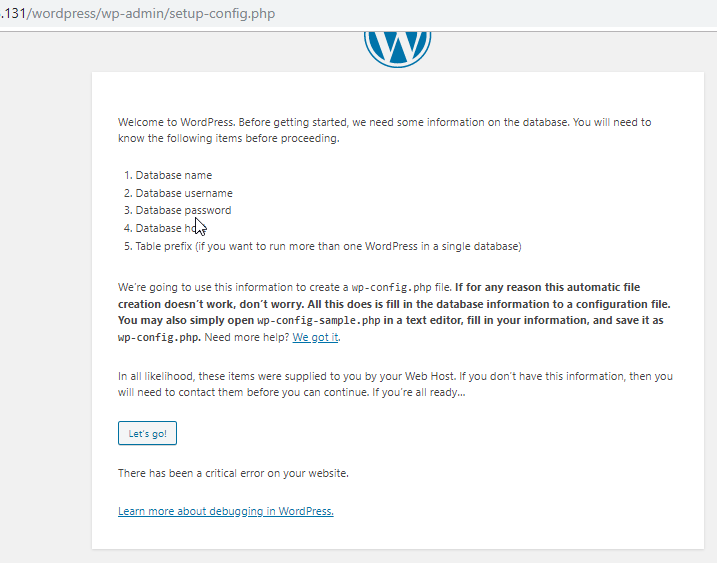
Start WordPress Installation by clicking on the Run the installation button:
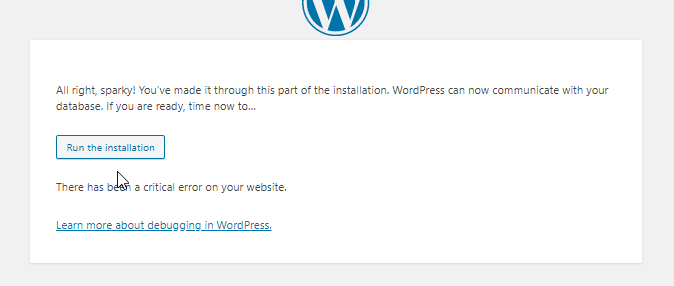
Provide the requested information:
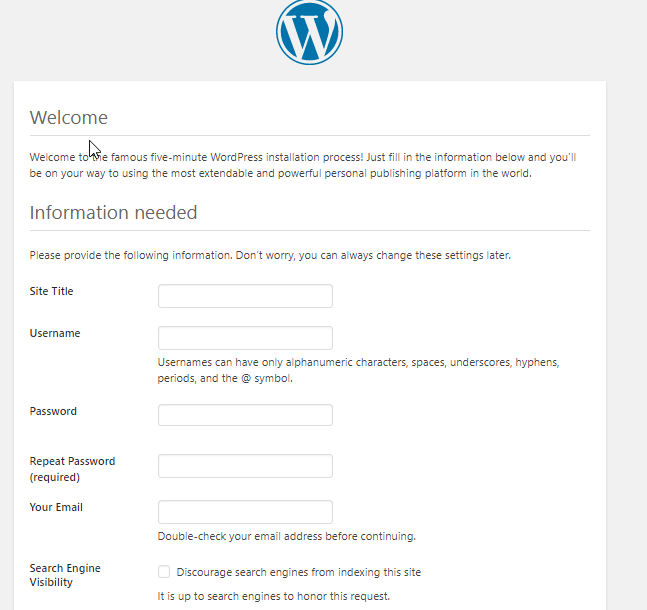
Once the wordpress is installed login with your new user credentials:
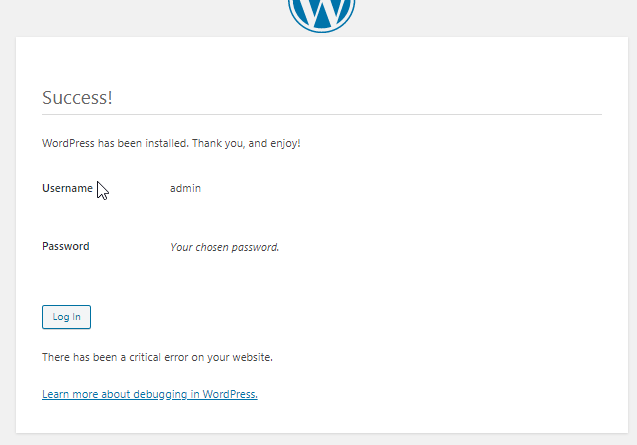
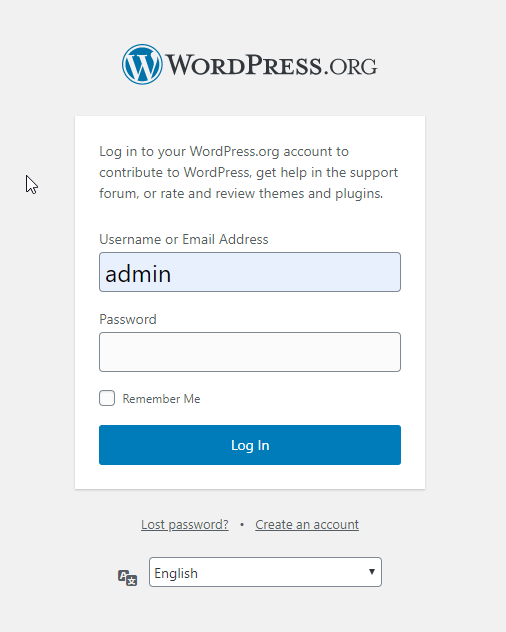
CrownCloud - Get a SSD powered KVM VPS at $4.5/month!
Use the code WELCOME for 10% off!
1 GB RAM / 25 GB SSD / 1 CPU Core / 1 TB Bandwidth per month
Available Locations: LAX | MIA | ATL | FRA | AMS